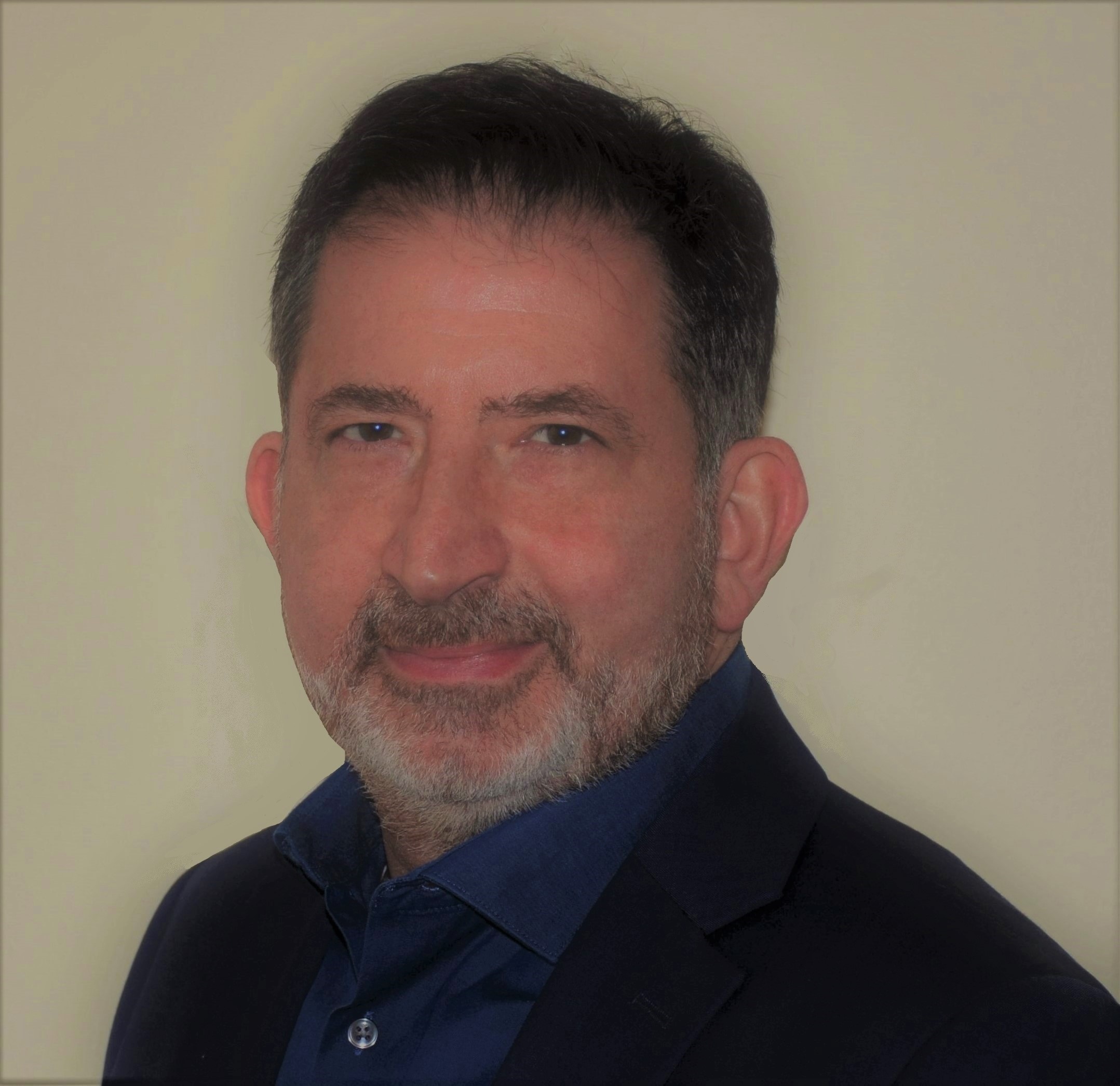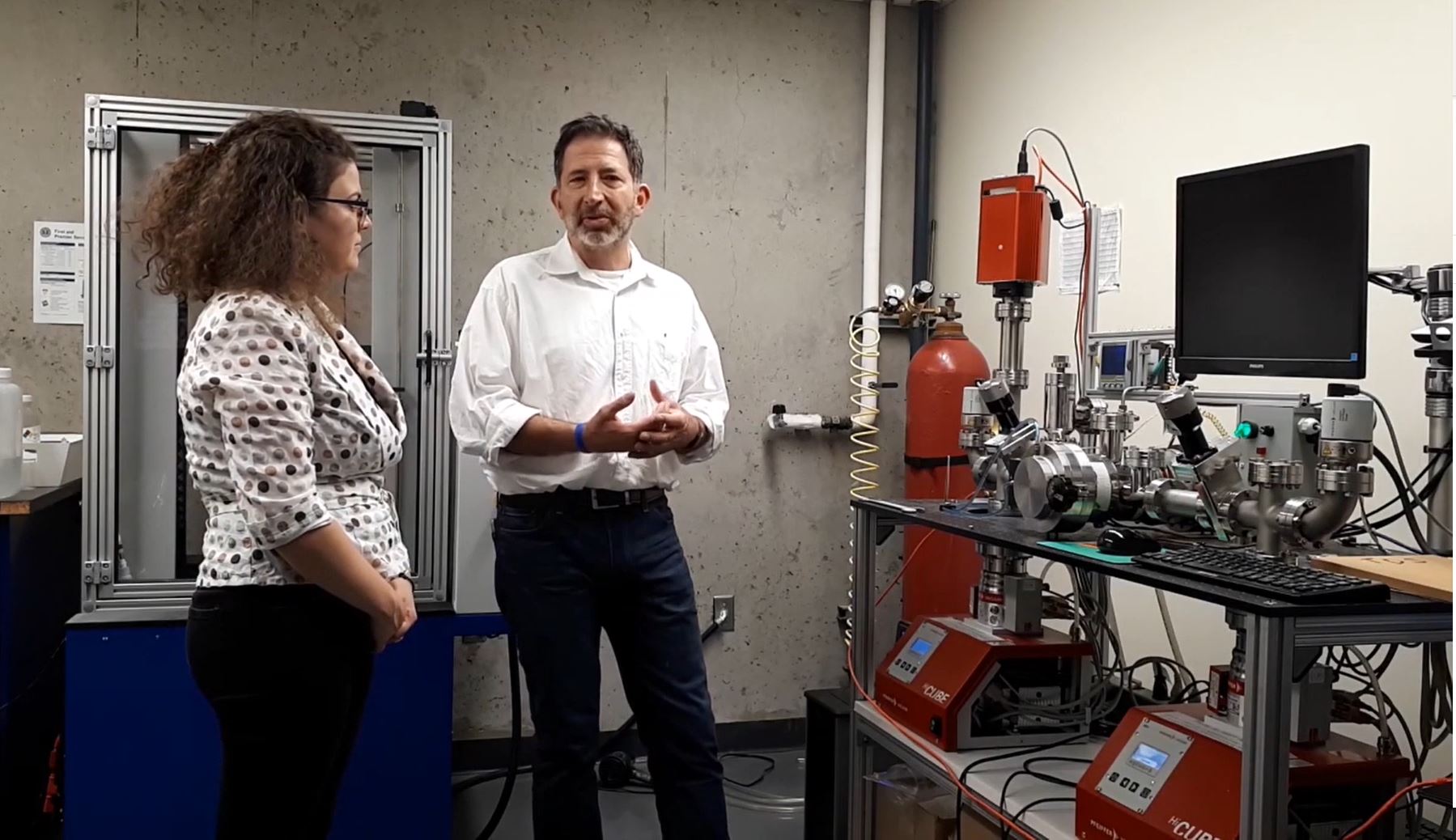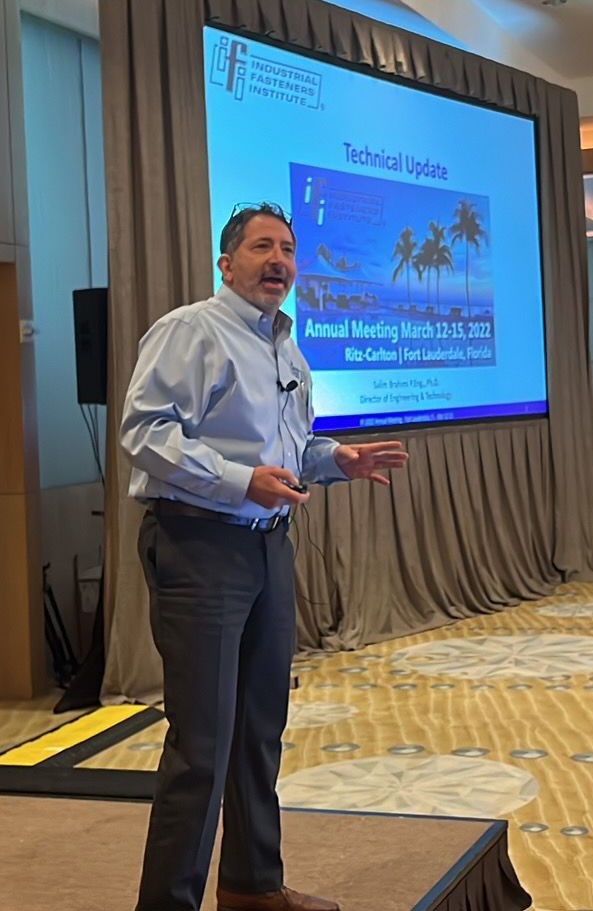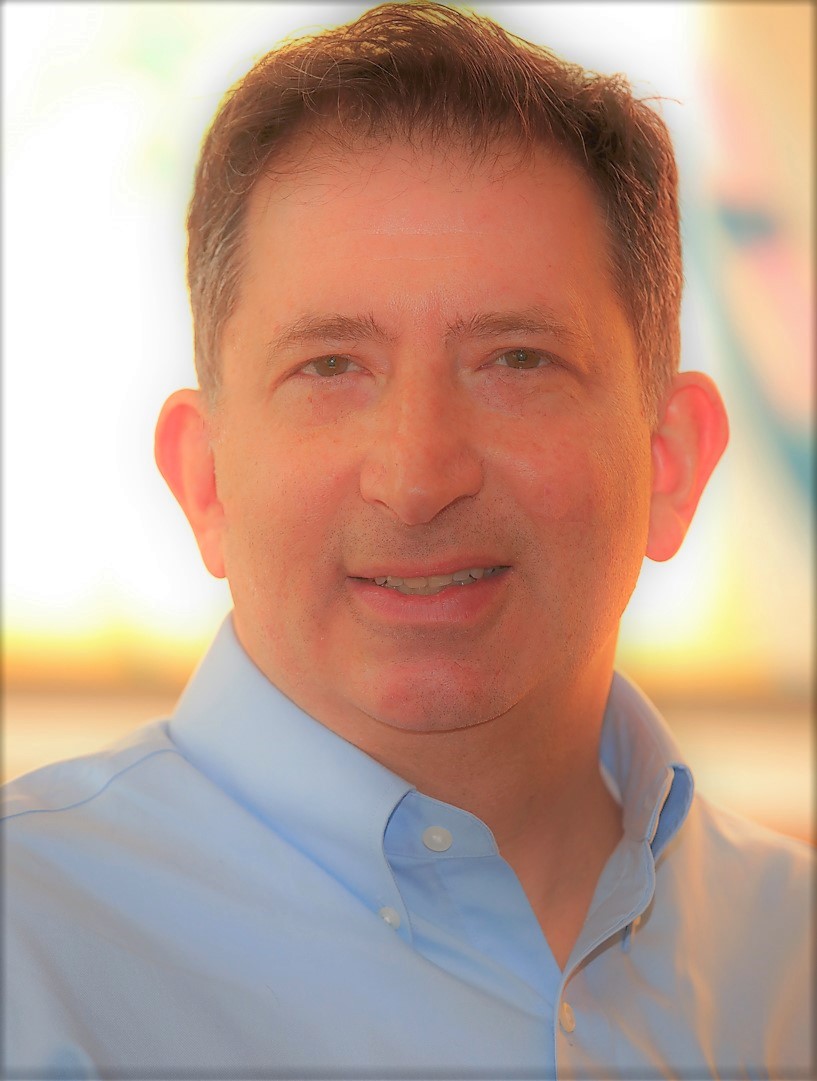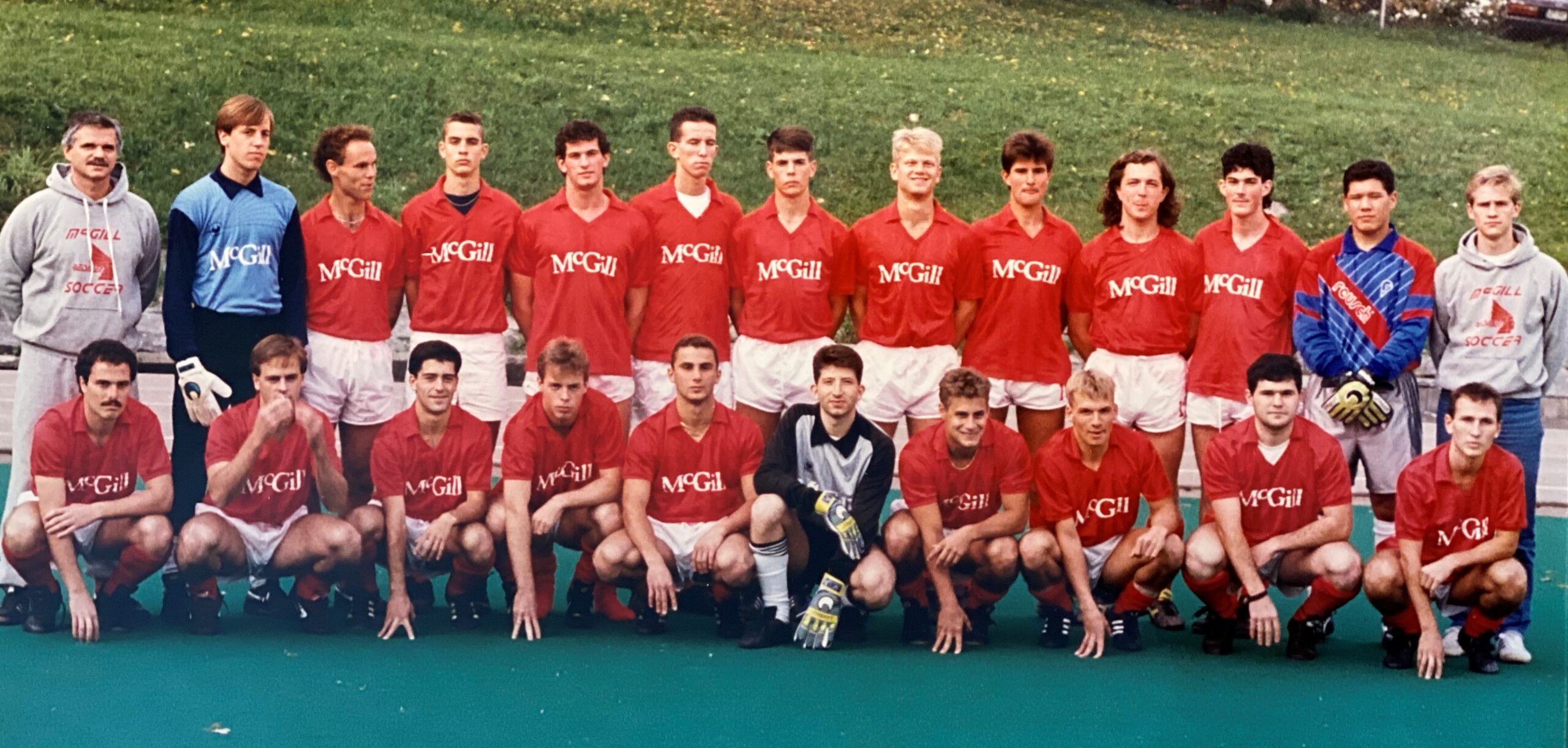TS: So, to some part of the fastener industry, you are Salim Brahimi, instructor for the Fastener Training Institute (FTI). That is possibly where a number of people have actually had an opportunity to meet you. But, I did a little bit of research and see that you have a couple other jobs that occupy your time.
Let’s start with your current position as the Director of Engineering & Technology for the IFI – Industrial Fasteners Institute. That’s not a bad sideline to have in addition to being an instructor for the FTI. Oh yes, and while you are doing that you are also the Principal Engineer/President for the IBECA Technologies Corp where you have worked for nearly 20 years. Then there’s the roll as an Adjunct Professor at the McGill Hydrogen Embrittlement Facility. You maintain a position with ISO as the Chairman for the Standards Council of Canada Mirror Committee (Technical Committee on Fasteners), and you still have a role with ASTM International as a Committee Chairman.
I am beginning to think you do not sleep.
Salim: Hi TS, first of all, thank you for the invitation to give this interview, and for the interest in my work. I am quite passionate about the fastener industry. The seemingly endless technical and commercial challenges the industry faces certainly keep me busy, but I feel that I am in a position to contribute and make a small difference, which is what motivates me.
TS: Let’s start at the beginning. How did you first get involved in the fastener industry?
Salim: The truth is it was dumb luck! I was studying Metallurgical Engineering at McGill University in Montreal. As students, we were unbelievably fortunate to have a professor with many contacts in industry who made it his business to find summer internships for the students. We had a small department, and Prof. Williams was relentless, so he always succeeded in placing each student. In 1987, for my third summer internship, I was hired at Ivaco Rolling Mills in Ontario. This put me on the fastener path because the next summer I was hired at Galvano, the coatings & plating division of Infasco. The fact that Infasco and Ivaco are sister companies was key in terms of getting a good reference. Right after I graduated in 1989, I was offered a job at Galvano as process engineer. I was very fortunate that my boss was Joseph Bahadrian. He was my first professional mentor and remains a dear friend to this day. He impressed upon me the importance of learning everything related to my job. So, once I started at Galvano, I immersed myself in the coating processes (electroplating, galvanizing, phosphating, etc.). This is where I was first introduced to the topic of hydrogen embrittlement. After seven years at Galvano, I moved to Infasco, as metallurgical engineer, where I started the slow process of understanding how bolts and nuts are made, and how simple yet complex mechanical fasteners are. Reading and trying to peel the layers to understand the specifications was a big part of this learning curve.
The moral of the story, I always tell my students: when starting out, take whatever comes your way with open arms. That your first job gets your foot in the door; where it goes from there depends on you.
TS: Although you are mostly involved with the industry from the quality side, do you follow the industry and keep a pulse on the supplier base as well as the distributor base?
Salim: Yes, certainly. As I mentioned, the first half of my career was in fastener manufacturing, so I am very connected with the supplier/ manufacturing side, and the distributor network in North America. Today, given my role with IFI, I have even more contacts with manufacturers, who comprise our members, albeit from a technical and engineering aspect, and the distributors who in many cases are our customers.
One of the things I love to do is teach. Fastener Training Institute classes are a great way to meet people from the industry, at all levels of operations, from sales, to quality, engineering and manufacturing. Since many of the students work at distributors, the FTI classes are a great way to connect and keep a pulse of the happenings in the distributor world.
TS: What are the biggest challenges facing our industry in the upcoming years?
Salim: Let’s put things in historical context. In the last 20 years, the North American Fastener industry faced a serious commercial challenge resulting from the globalization of the industry, and competition from overseas manufacturing of the lower end and commodity products. The industry has adapted to this reality. Manufacturers in North America are focused on higher value products and the distributors have found a balance between sourcing products from overseas and North American manufacturers. But the challenges of dealing with distant sources, on top of cultural differences remain problematic. Spurred in part by the geopolitical realty today, it seems there is a limited but successful “re-shoring” effort of some products back to North American manufacturers. But can we absorb a bigger re-shoring wave? Going forward, the challenge of our industry is to maintain and advance our manufacturing know-how. This is a matter of personnel. In today’s digital world it is increasingly difficult to bring young people to see the opportunities in traditional manufacturing industries. So, our biggest challenge in the coming years is to attract talented young people to come into the industry. As a whole the industry should spare no effort to recruit and retain young people, by offering a good career path, training, and long term opportunities.
TS: As someone involved in industry wide quality issues, what worries you the most? Bridges? Trucks? Where do you see fastener standards not being adequate?
Salim: I don’t think we have problems with fastener standards being inadequate. The challenge is for users to apply them effectively, and for that to happen, they must understand what the standards require. So, education is key, irrespective of the industry.
TS: What quality issues do we still need to address, in your opinion?
Salim: I am a bit biased on this subject, but we still have some road to travel in terms of getting everyone on the same page about understanding hydrogen embrittlement. We have made a lot of progress to align the most important standards over the last 25 years, but there is still work to be done. The main issue is to get everyone to understand where HE is a problem and where it is not a problem. Notably, baking is not required below 39 HRC. On the other hand, above 39 HRC, traditional baking practices were inadequate. Generalizing this understanding will make it easier for us all to determine “true root cause,” when a fastener failure does occur.
TS: As I referred to in my introduction, you are heavily involved with the Fastener Training Institute. What are you most proud of regarding your association with the FTI?
Salim: I mentioned earlier, I see education as being key to the success of our industry. This is why I see education as my core mission, and in my roles as technical director of IFI and a teacher with both IFI and FTI, I can fulfill this mission one student and one class at a time. I love this side of my job, and I love seeing the eyes light up when students understand key concepts we are teaching. It is deeply rewarding and a very human experience at the same time.
TS: Does the IFI or any manufacturing trade association have an idea how we will regulate additive manufacturing or 3D printed parts?
Salim: This is an excellent question. Currently, parts manufactured by AM must still meet the same physical and mechanical properties as traditional forged parts. But it is unclear how well AM parts will perform in long-term service or aggressive environments. Once the AM techniques become more available for making fasteners in larger numbers, the current standards committees in ASTM, ASME, ISO etc. will need to attract subject matter experts to help write standards, similar in nature to our current standards, on fasteners made by AM.
Having said this, let’s keep in mind that AM will not be able to compete with the unit cost of large scale production in traditional cold/hot forging. But it will become a growing presence for low volume production parts.
TS: Do you see new products or industries on the horizon that you think will change our industry? One example might be the variety or parts used in Electronic Vehicles versus the parts used in gas operated vehicles. Any other examples that you see that makes you think there are large changes on the horizon?
Salim: Certainly, the quantity of fasteners used in EVs is smaller, and the mix of fasteners is a bit different. This is going to be a challenge for the automotive fastener manufacturers in terms of adjustment to new market conditions.
In terms of other changes, as we move away from carbon to renewables, the equipment, such as wind turbines, solar panels, hydrogen fuel infrastructure will each have specific fastener needs. I see this as an evolution of the mix of products that will be needed. In the end, the concept of building things by mechanically joining sub-components remains the same. The question is what will we build?
TS: Tell us something about yourself that we would not know from just meeting you in the FTI classroom.
Salim: My passion growing up and up to this day is soccer. It is a common language in sporting terms that is spoken all over the world. I played at the highest amateur levels, including at University, where I was a goalkeeper for McGill University. I spent much of the past 25 years coaching at various levels from national championship winning university teams (both women and men), to coaching girls and boys as young as 6 years old. I have had many accomplishments in sports and in soccer, but the memories I cherish the most include coaching my kids, and the gift that is the most enduring legacy of sport is the many lifelong friends and bonds I have forged with former teammates and players that I coached.

